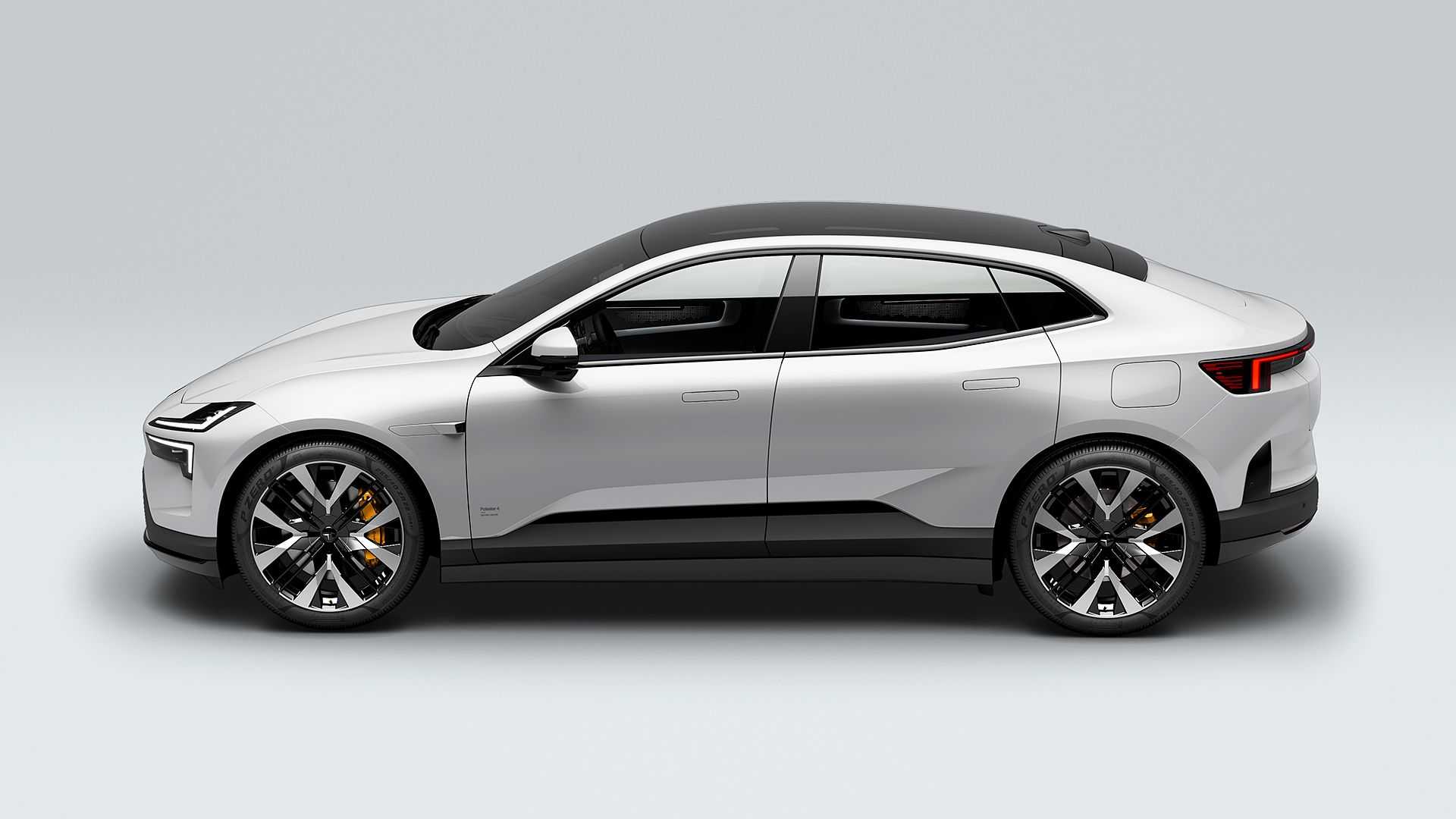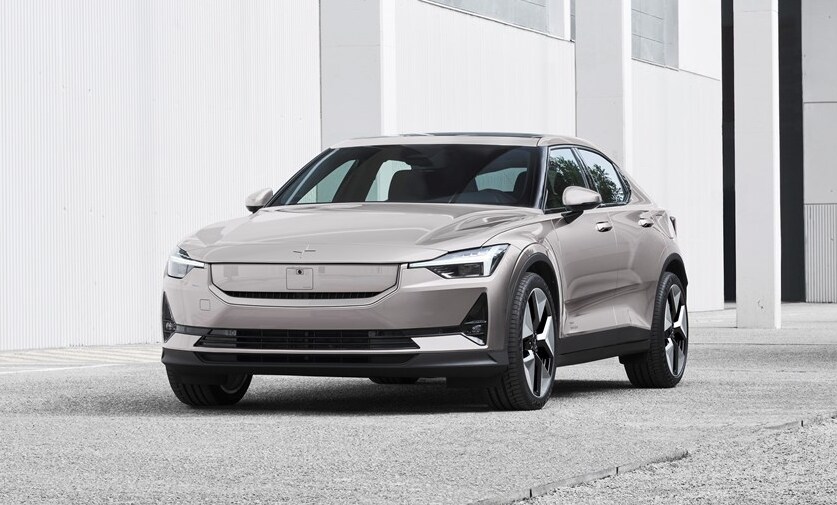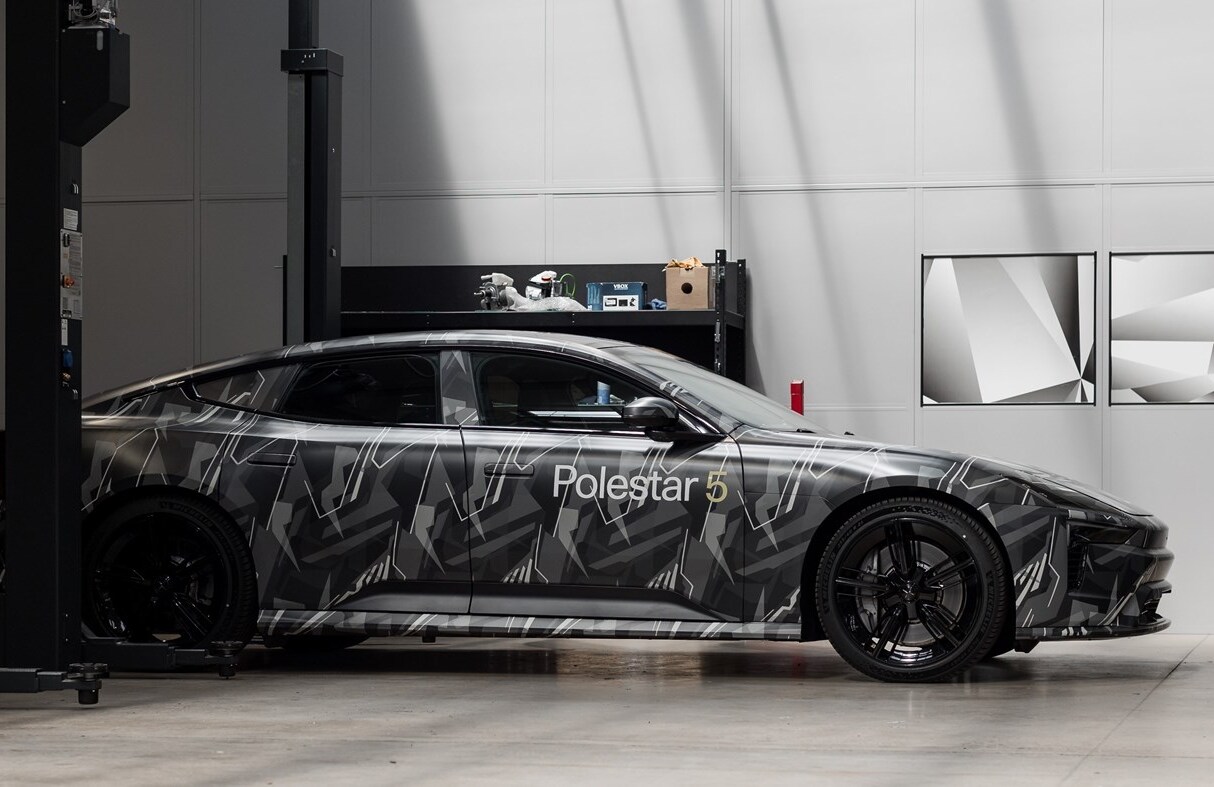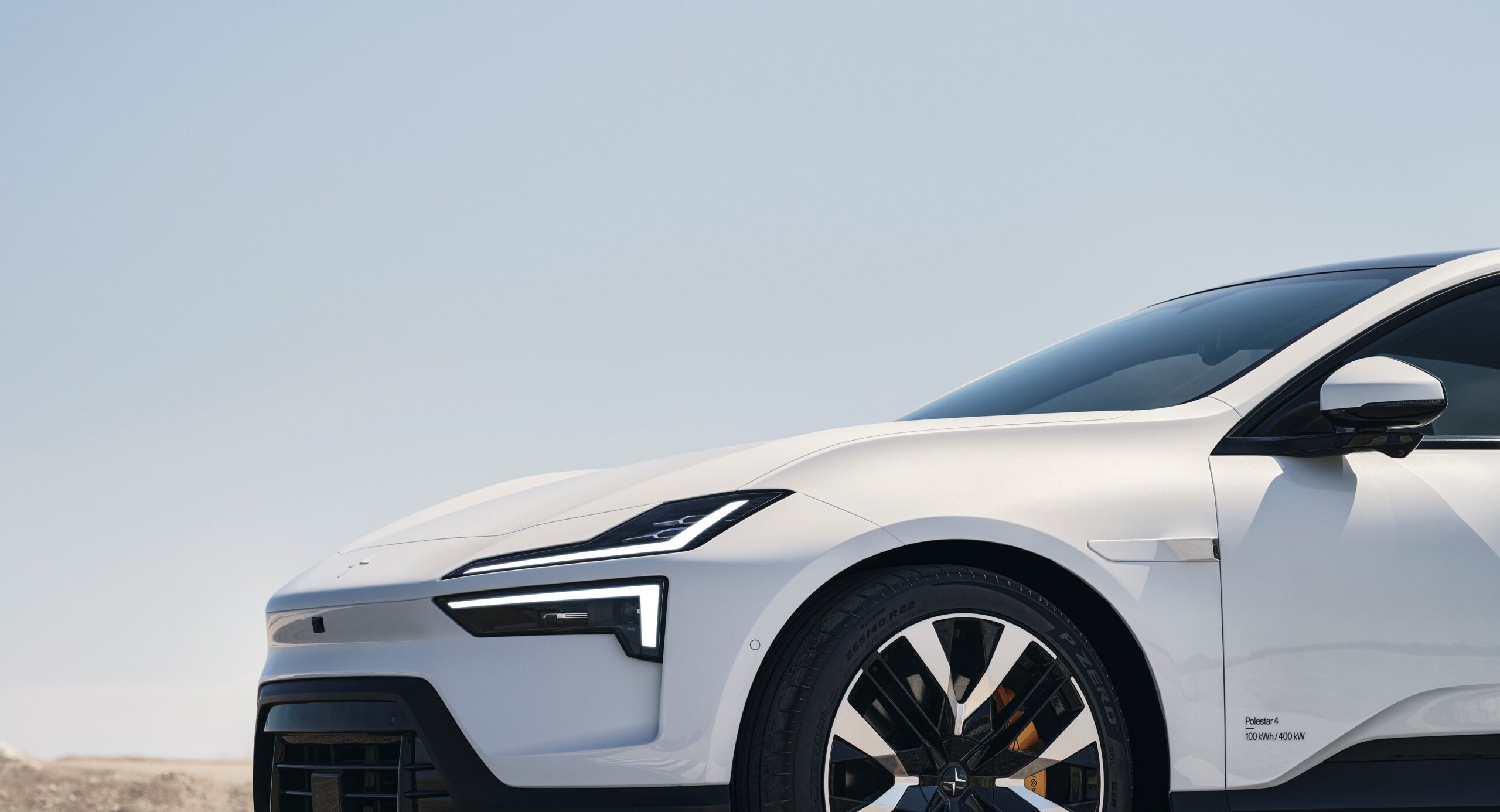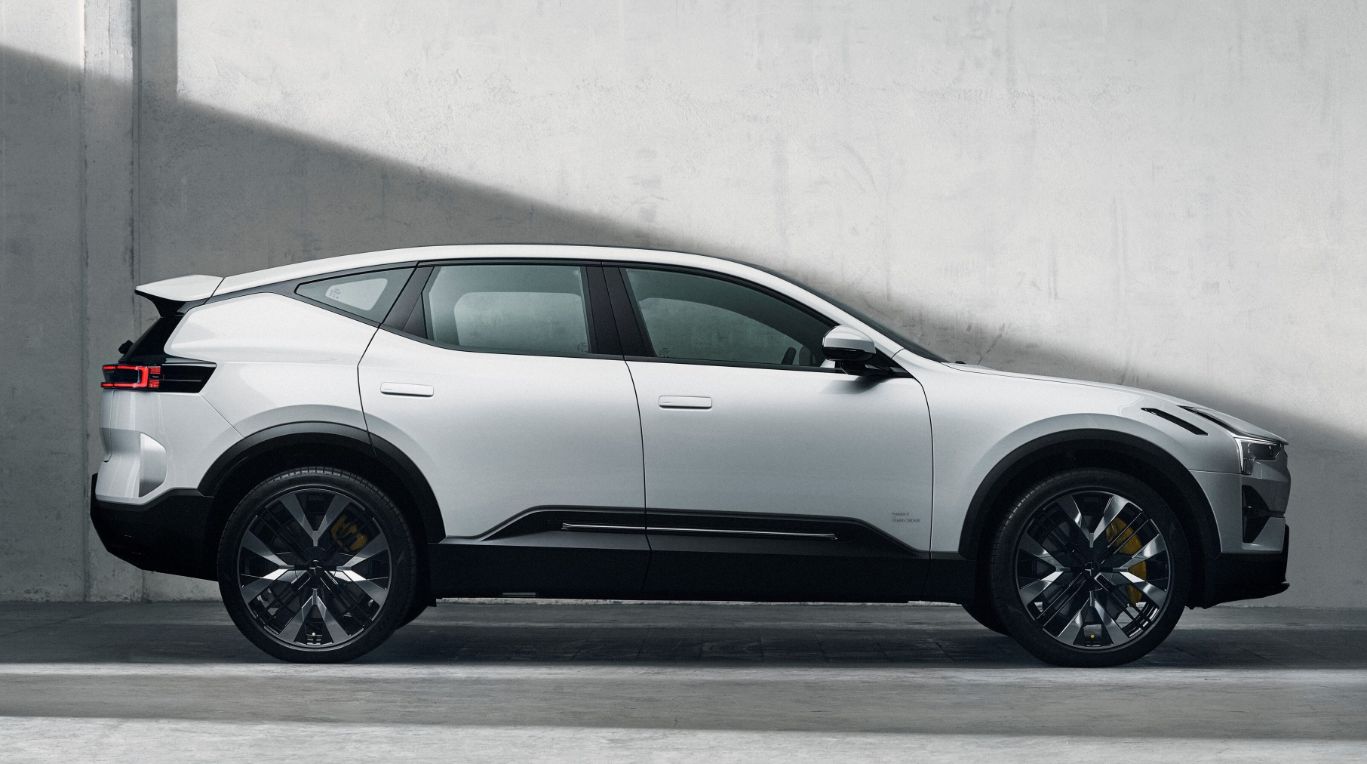Polestar has unveiled the results of its first-ever Life Cycle Assessment (LCA) for the Polestar 4, shedding light on its remarkable environmental credentials. The report reveals that, at its launch, the Polestar 4 emits as little as 19.4 tonnes of CO2 equivalent, positioning it as the most eco-conscious vehicle in the Polestar lineup.
The LCA takes into account all emissions generated during the vehicle’s production and component sourcing phases but does not consider emissions resulting from its usage or decommissioning. Notably, this figure reflects the emissions from the most efficient model in the Polestar 4 lineup. The Polestar 4 Long Range Single motor variant registers a carbon footprint of 19.9 tCO2e, while the Long Range Dual motor version emits 21.4 tCO2e.
Regardless of the model chosen, Polestar buyers are set to benefit from the automaker’s persistent efforts to reduce carbon emissions. In 2021, the production of the Polestar 2 resulted in emissions as high as 26.2 tCO2e, according to the automaker’s previous reports.

Polestar’s comprehensive approach to curbing emissions throughout its vehicle production has been a driving force behind these commendable results. For instance, the Hangzhou Bay factory in China, responsible for manufacturing the Polestar 4, incorporates solar panels on its roof, contributing to the use of green hydroelectric power from the grid.
Furthermore, the Polestar 4 is constructed using more eco-friendly aluminum, which can either be recycled metal or aluminum smelted using hydroelectric electricity, thereby reducing pollution during its creation. Polestar estimates that the aluminum in the Polestar 4 now accounts for 23-24 percent of its carbon footprint. Approximately 20 percent of emissions result from the steel and iron components used in its construction. As previously emphasized by the automaker, the batteries remain the most carbon-intensive component, constituting 36-40 percent of emissions.
Frederika Klaren, Polestar’s head of sustainability, emphasized the influence of the vehicle’s carbon budget on all aspects of its development, from material choices to the sources of factory energy. Sharing the Life Cycle Assessment findings reflects Polestar’s commitment to moving closer to achieving net-zero emissions, one tonne of CO2e at a time.
The Polestar 4, introduced in April, is described as an “SUV coupe” and boasts a substantial 102 kWh battery, offering a targeted range of up to 373 miles (600 km) per charge. It comes in both single motor and dual motor variants, with the latter delivering impressive power to all four wheels. Set to debut in Chinese showrooms this month, global sales are expected to kick off early next year in regions such as Europe, North America, and the Asia Pacific.

